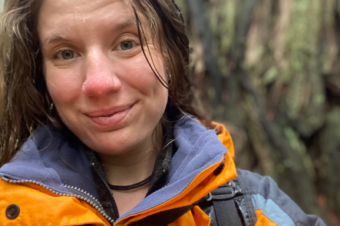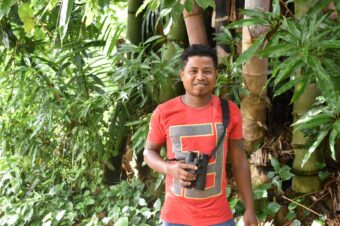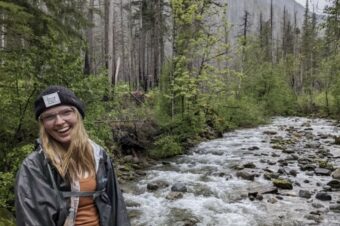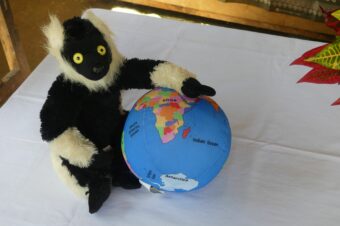Over the last 50 years, the rainforests of Kianjavato in southeastern Madagascar have been carved away to expand agricultural land and provide firewood and lumber to communitymembers, leaving behind pockets of fragmented forests. These unprotected forests are inhabited by amphibians, lemurs, chameleons, insects, carnivores and flora unlike anywhere else. Two critically endangered lemurs, the greater bamboo lemur and the black and white ruffed lemur, also reside in these forests of Kianjavato. To protect this amazing biodiversity, Omaha’s Henry Doorly Zoo (OHDZ) and its Malagasy NGO, the Madagascar Biodiversity Partnership (MBP) has created an innovative project to reforest and restore Kianjavato’s natural habitat.

To start the recovery, OHDZ-MBP initiated a reforestation program to create corridors reconnecting forest fragments for wildlife. However, protecting the local ecosystem requires more than just reforestation, it requires developing a holistic approach that supports the community and its need to harvest from the forest. OHDZ-MBP therefore developed a multi-tiered corridor design that takes advantage of Kianjavato’s mountainous terrain and does not reduce the area of current farmland. The unique design of the reforestation plan allows for half of the regenerated forests to provide a permanent habitat to support wildlife while the other half of the area will benefit the community through sustainable harvesting and sale of products.
Uniquely, many of the seeds used in the program for the wildlife habitat are collected from the fecals of the black and white lemur. The diet of this lemur consists of up to 90% fruit, which it eats whole and then passes the seeds intact. OHDZ-MBP personnel track the lemurs, collect their poop, sort out the seeds and plant them in nurseries. Once large enough, seedlings are then transplanted into the corridor. Since community involvement is vital to the reforestation program, OHDZ-MBP has coordinated community planting day events where school children and their teachers, local officials, village elders and other area residents all gather to assist in planting the seedlings.
In November 2011, OHDZ-MBP received a generous grant from the Association of Zoological Horticulture. With the AZH grant, a Stihl auger and planting bit were purchased which greatly increased the number of seedlings planted in a day. Now, instead of hand digging 40 holes for seedlings in a day, our team is able to dig 1,000 holes in a single day. During the first three weeks of using this auger, the OHDZ-MBP team has transplanted 7,725 seedlings!
To meet this new demand, the OHDZ-MBP team has boosted seed collection in order to fill all of their nurseries. As of February 2012, over 15,000 seedlings are now housed in nurseries and will be transplanted to their permanent site in the corridor in the next few months. Thanks to AZH, we’re getting closer to reaching our goal of planting a million trees by 2017.













Leave a Reply